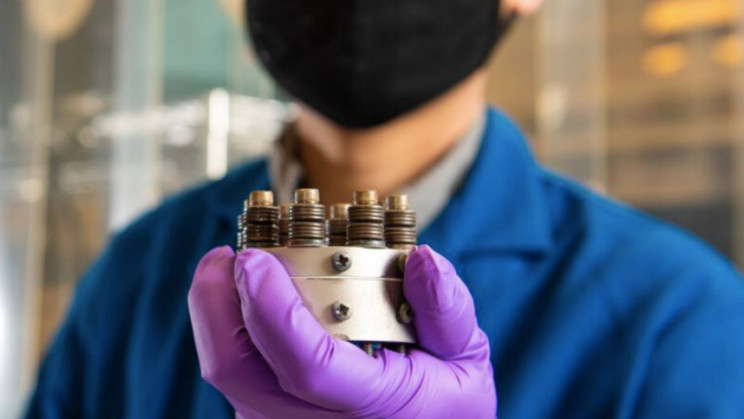According to the MIT “Carbon Capture & Sequestration Technologies” program, there are two main types of carbon emission: natural & man-made (anthropogenic), and two types of carbon capture and sequestration: natural and man-made.
Natural carbon capture, in which natural processes in the environment remove carbon dioxide from the atmosphere, includes forests and plants. The other method is to capture man-made carbon dioxide at its source, such as at power and industrial plants. Captured CO2 is routed to empty oil and gas reservoirs, unminable coal seams, saline formations and the deep ocean.
In a Warming World, Natural Processes Will Not Do the Job
It would be nice if the world “planted its way out of” high concentrations of carbon dioxide in the atmosphere by simply planting trees. Some companies claim they can do just that, however, scientists are still working to quantify how much carbon is sequestered in trees and soils. Another concern is that relying upon natural carbon sequestration may not be permanent enough as forests are not permanent and changing climates, namely significantly higher temperatures, would release carbon from trees.
According to David Suzuki of the Suzuki Foundation there is not enough space on the earth to plant the number of trees needed to offset increasing greenhouse gas emissions and CO2 over the next 50 years. In addition, there are problems with the susceptibility of mono-culture plantations to disease. Suzuki believes the best way to sequester carbon dioxide is to leave it in the ground as oil and natural gas and rely on renewables as soon as they become available.
Carbon Capture & Storage
According to the Center for Climate and Energy Solutions (C2ES), current technologies can capture up to 90% of carbon dioxide emissions from human activities and store them underground.
The world’s first commercial scale CCS power plants are under construction in Mississippi, USA, and Saskatchewan, Canada, and are scheduled for completion in 2014. The International Energy Agency (IEA) calculates that CCS can achieve a 14% reduction in global greenhouse gas emissions by 2050 thus limiting global warming to 2 degrees Celsius. The full report is here.
According to MIT, there are dozens of carbon sequestration projects around the world. Following is a list of pilot CCS Projects:
Power Plant Carbon Dioxide Capture and Storage Projects
Click on the Projects’ Name to go to its Fact Sheet
Index of Abbreviations are located at the bottom of the page
Click on country name to go to regional financial summary
|
||||||||||||||||||||||||||||||||||||||||||||||||||||||||||||||||||||||||||||||||||||||||||||||||||||||||||||||||||||||||||||||||||||||||||||||||||||||||||||||||||||||||||||||||
Abbreviations used:
Oxy = Oxyfuel Combustion Capture
Pre = Pre Combustion Capture
Post = Post Combustion Capture
EOR = Enhanced Oil Recovery
EGR = Enhanced Gas Recovery
Saline = Saline Formation
Depleted Gas = Depleted Gas Reservoir
Depleted Oil = Depleted Oil Reservoir
TBD = To Be Decided
For a list of Commercial EOR Projects please visit MIT’s CCS Project Database.
Related articles on IndustryTap:
- How Carbon Capture Technology Is Turning CO2 Into Cash
- New Plant Like Carbon Dioxide (CO2) Eating Machine
- Will NASA’s New $280 Million Orbiting Carbon Observatory (OCO-2) Help Resolve The Climate Change Debate?
References and related content:






